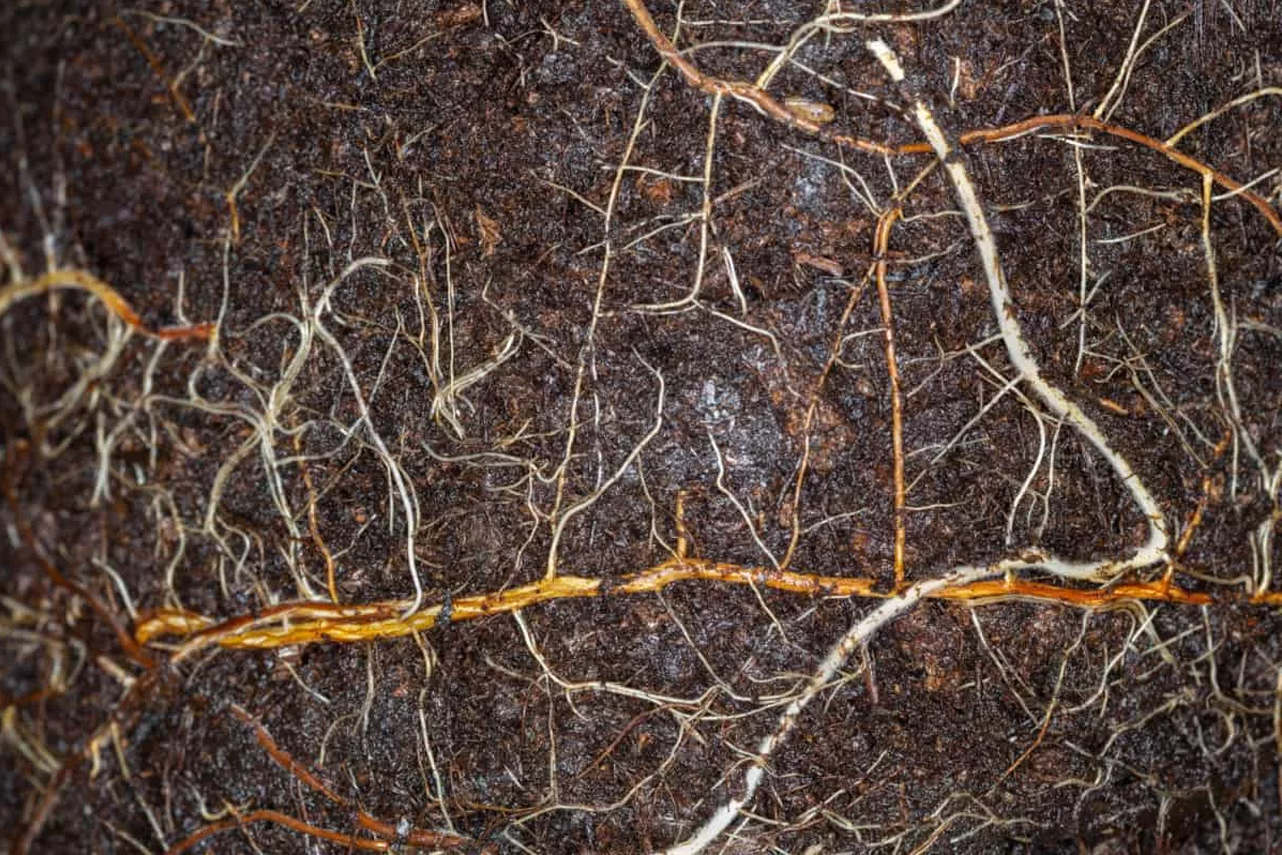Climbing Rose Seeds
Climbing Rose Seeds
Couldn't load pickup availability
 🚒 FREE SHIPPING FOR ORDERS OVER $30
🚒 FREE SHIPPING FOR ORDERS OVER $30
The Climbing Rose🌹 looks absolutely stunning when it is climbing up vertically a fence, pillar, shed or other structures in! This variety is a very popular variety for vertical gardens. They will grow great up a trellis or an arbor so that they have a suitable place to grow. You can also be creative and train your roses to climb over a fence, a pillar, a garden shed, or other structures in your yard.
Climbing Rose Seeds FAQ?
Climbing Rose Seeds FAQ?
1.What month do you plant climbing roses?
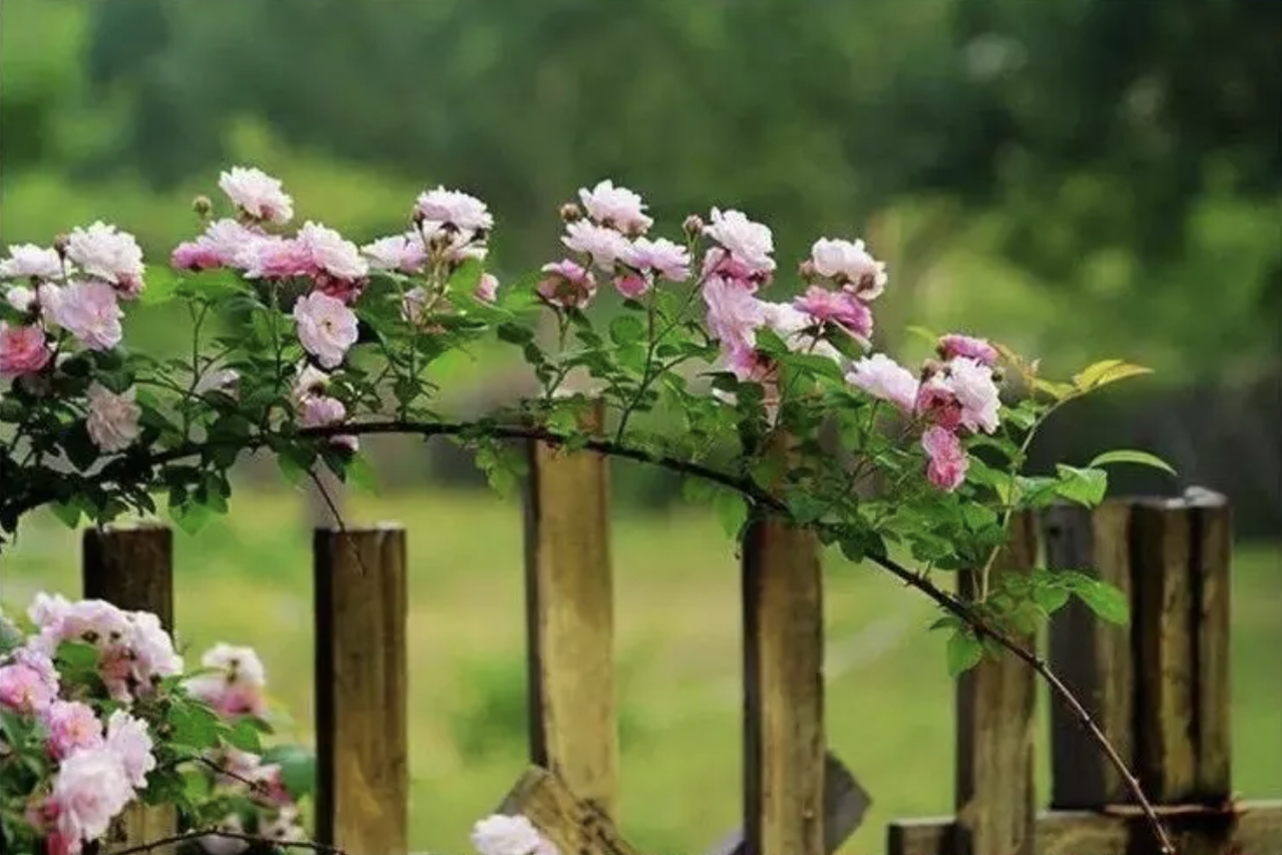
2.Do you have to cut back climbing roses every year?
3.Do climbing roses spread?
4.Whether or not rose bush roots are invasive?
Rose bush roots are commonly referred to as non-invasive. Rose bushes are not known to displace foundations or water pipes.
The roots of roses will spread in the direction of the water. So if you have leaking pipes the rose roots will grow towards them. These can normally not cause any damage as they are not strong enough.
5.Do climbing roses bloom the first year?
Climbing roses don't bloom much their first season or two because they are growing to their full height. That takes a lot of energy. It's like fruit trees. When they are young they don't yield fruit. But whatever, now is the best time.
6.Do Climbing roses have a lifespan?
7.How do I know if my rose is a climber or a rambler?
8.Can any rose be a climbing rose?
Planting Directions
Planting Directions
From Seed to Harvest: A beginner’s guide to growing Roses
Roses can be difficult to grow from seed, but oftentimes pre-started plants sold at garden centers are limited in colors and varieties. Growing roses from seed can allow the gardener to fine-tune which types of roses to grow in the garden.
To plant:
Rose seeds require stratification, or a cold and moist storage period, before they will sprout. Stratification breaks down the seed’s dormancy and allows it to sprout. Plant the rose seeds ¼ inch deep in a seed-planting mix in planting trays. Make sure the planting mix is moist, seal it in a plastic bag and place in the refrigerator for up to 10 weeks. After the stratification time has passed, remove the seedling trays from the refrigerator and place them in a warm environment. The rose seeds should sprout in three weeks.
To grow:
Once the seedlings have sprouted, transplant them into individual pots. Do not touch the roots during this process. Use a spoon if needed to transplant the seedlings to keep from touching the roots. Be sure the seedlings have plenty of light, and it is suggested to use a fungicide to prevent fungal diseases from attacking the roses at this stage of their growth. Take care to not overwater the rose seedlings. Plant the roses outside in the spring and once they are established, water them weekly. Water the roses close to the soil and not overhead to prevent fungal diseases. Mulch around the plants to retain moisture and prevent weeds. Pruning is another necessary tactic to produce the best rose bushes. Pruning takes place in the spring when leaf buds begin to appear. To prune, make a cut ¼ inch above the leaf buds and remove any twig-like branches.
To harvest:
Roses make for a beautiful cut flower display, and their blooms can last up to 7 days in a vase. If growing roses to use as cut flowers, apply more fertilizer to encourage more blooms. When cutting the roses, cut when the blooms are still formed and not completely open. Be careful of any thorns. If growing a rose strictly for use as a cut flower, remove any less than satisfactory blooms from the plant.
What Roses crave:
Once seedlings are moved into their individual pots, feed them with half-strength fertilizer. When the roses are established, fertilize them each spring, but the application of a well-rotted manure each spring works just as well. If using a non-natural fertilizer, fertilize with a granular
Shipping
Shipping
Order processing takes 3-5 business days before shipment (make sure we carefully choose the best seeds for you). Once your item/s is dispatched, the estimated delivery time is:
- USA: 10-15 working days
- EU: 8-15 working days
- UK: 8-15 working days
- Australia: 8-15 working days
- Canada: 15-20 working days
- Remote areas in UK, EU, and other countries: 15-40 working days
At Seeds Connect, we take pride in providing you with natural products of the highest quality. To ensure this, we conduct strict quality checks during shipping, which may result in longer delivery times. We sincerely appreciate your understanding and patience as we prioritize the care and safety of your order.
Rest assured that the wait will be worth it, as our meticulous process guarantees the best seeds for your gardening pleasure. Thank you for choosing Seeds Connect! Happy gardening! 🌱🌞🌸
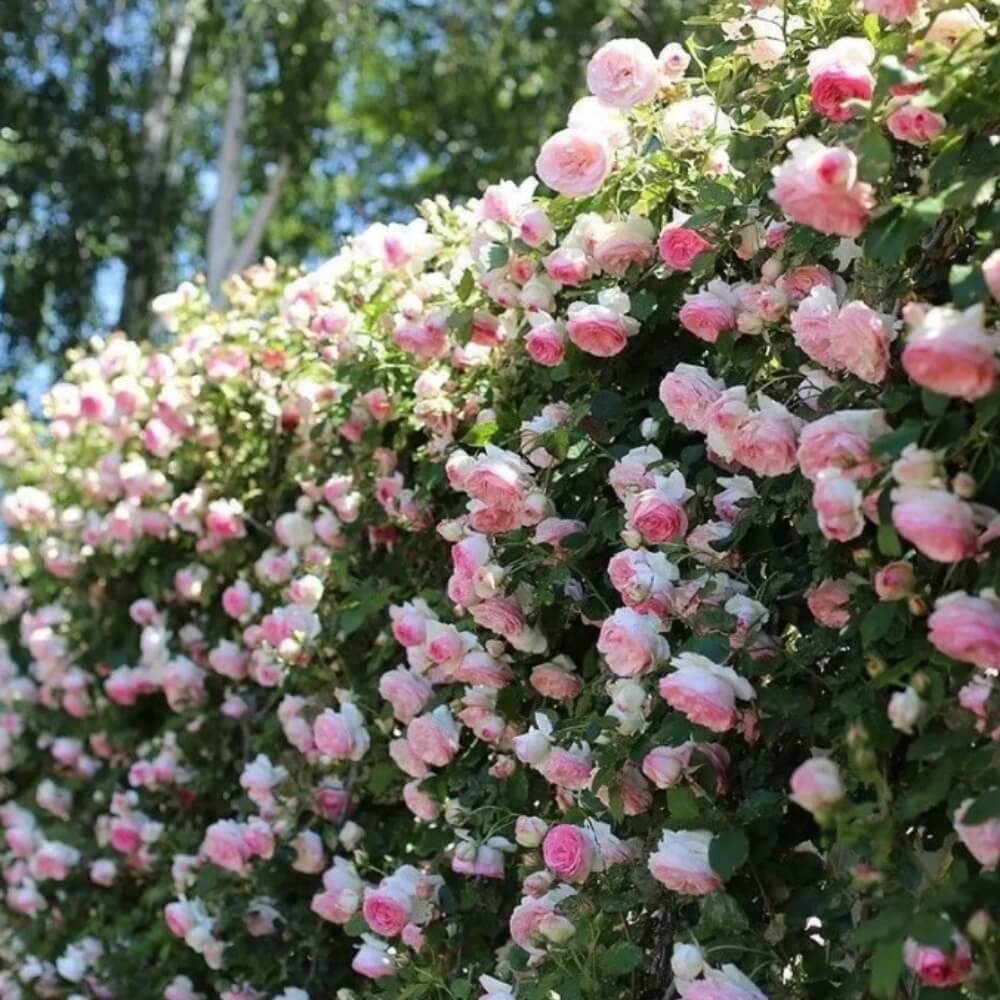
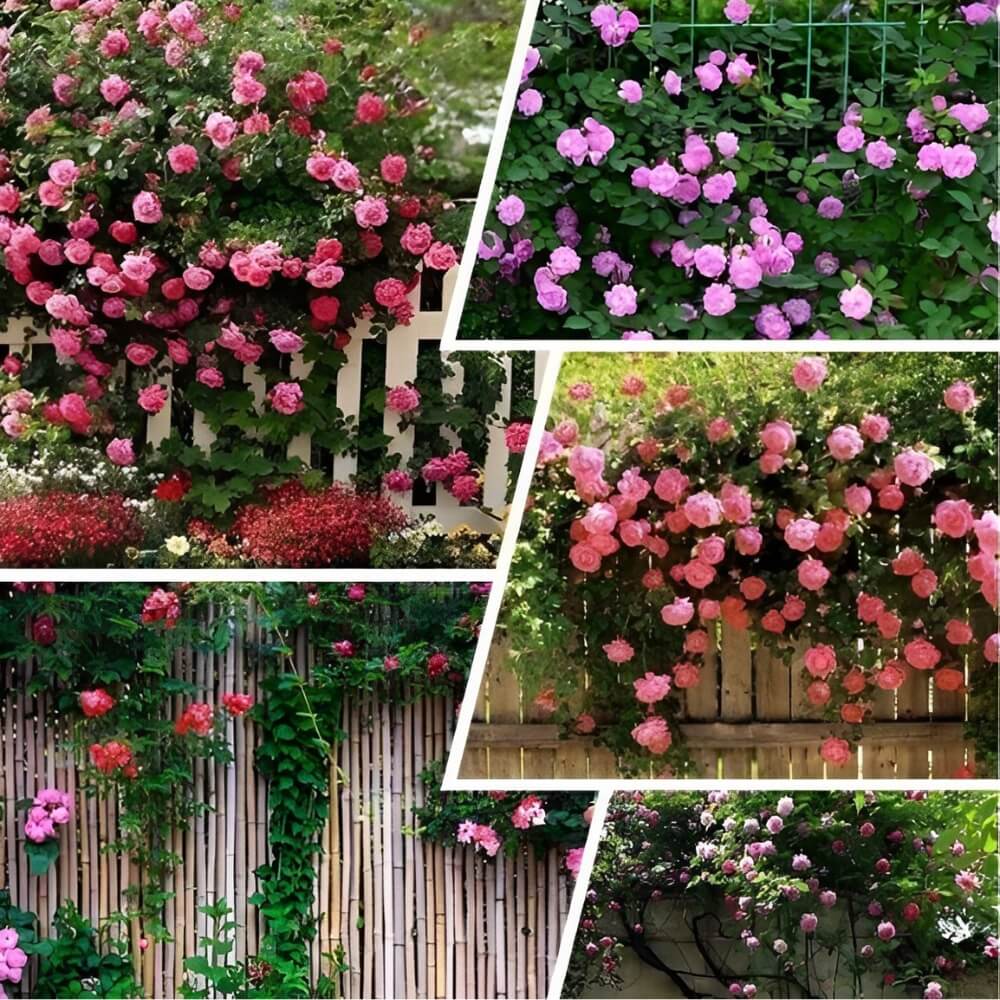
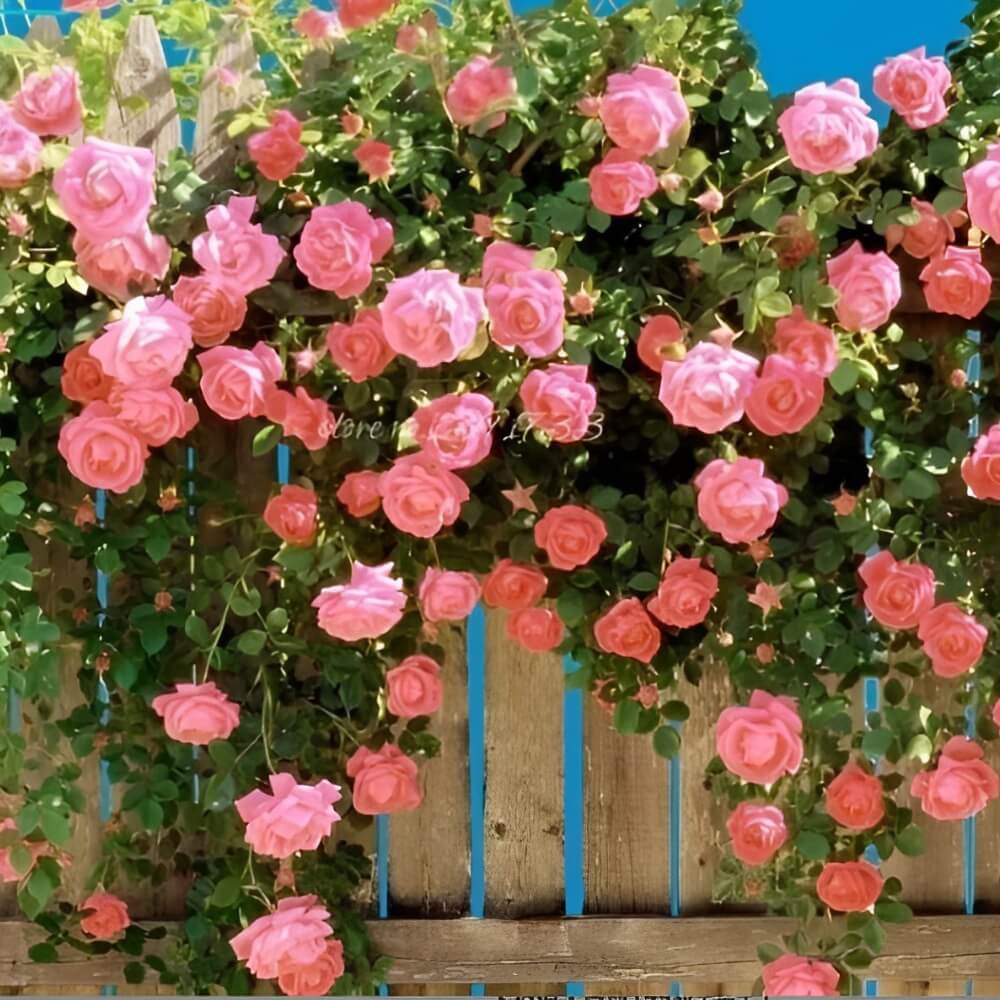
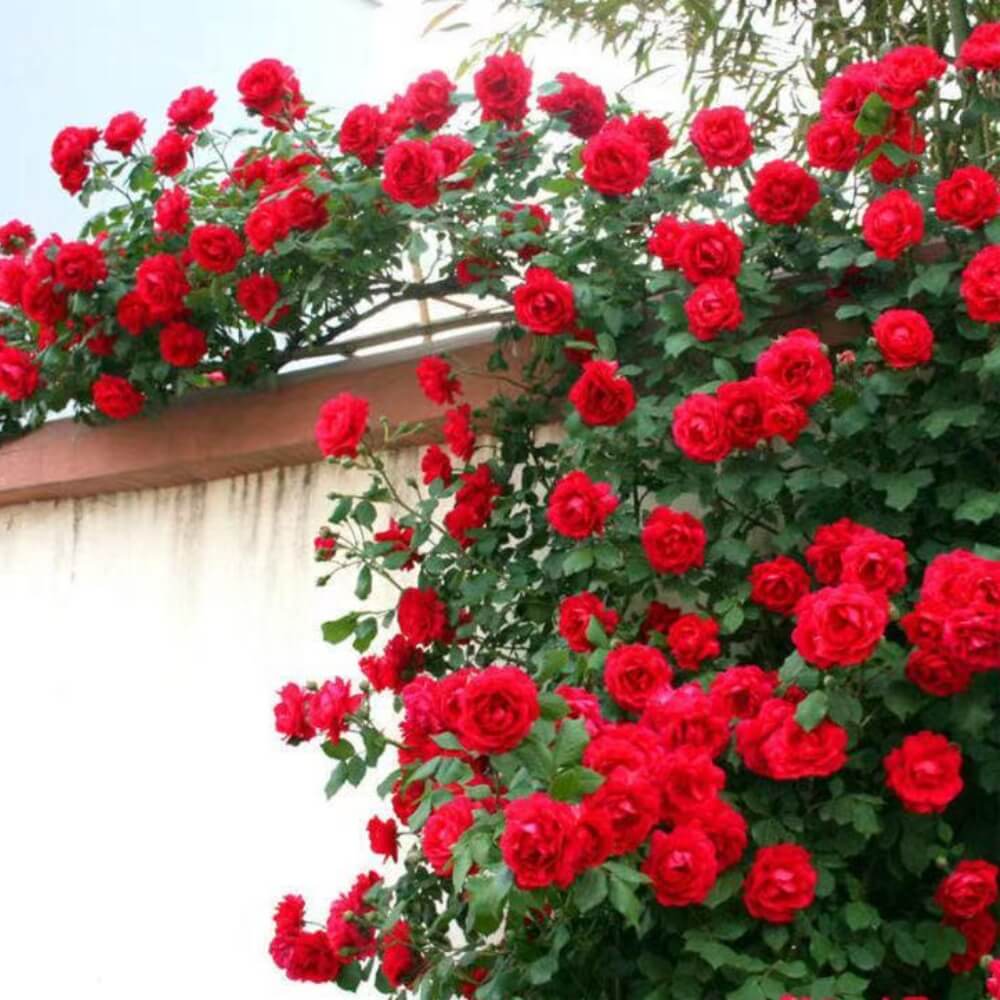
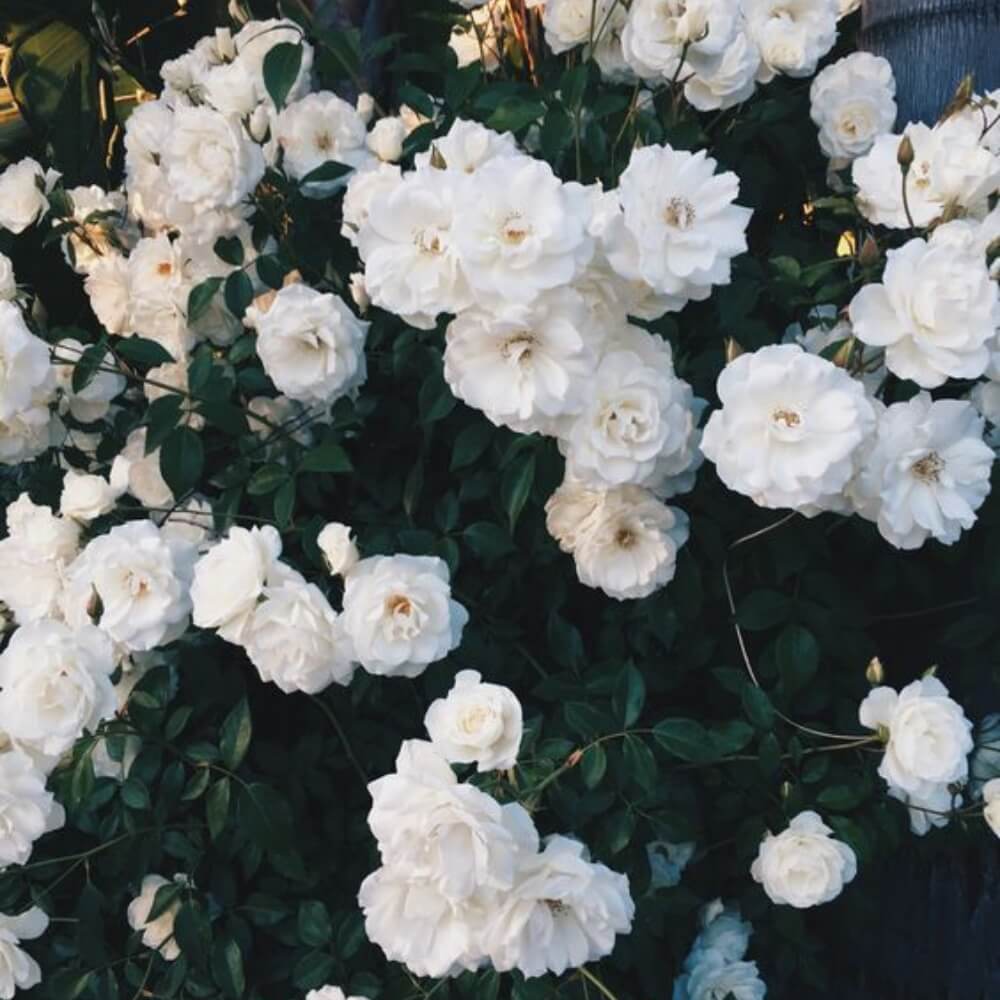
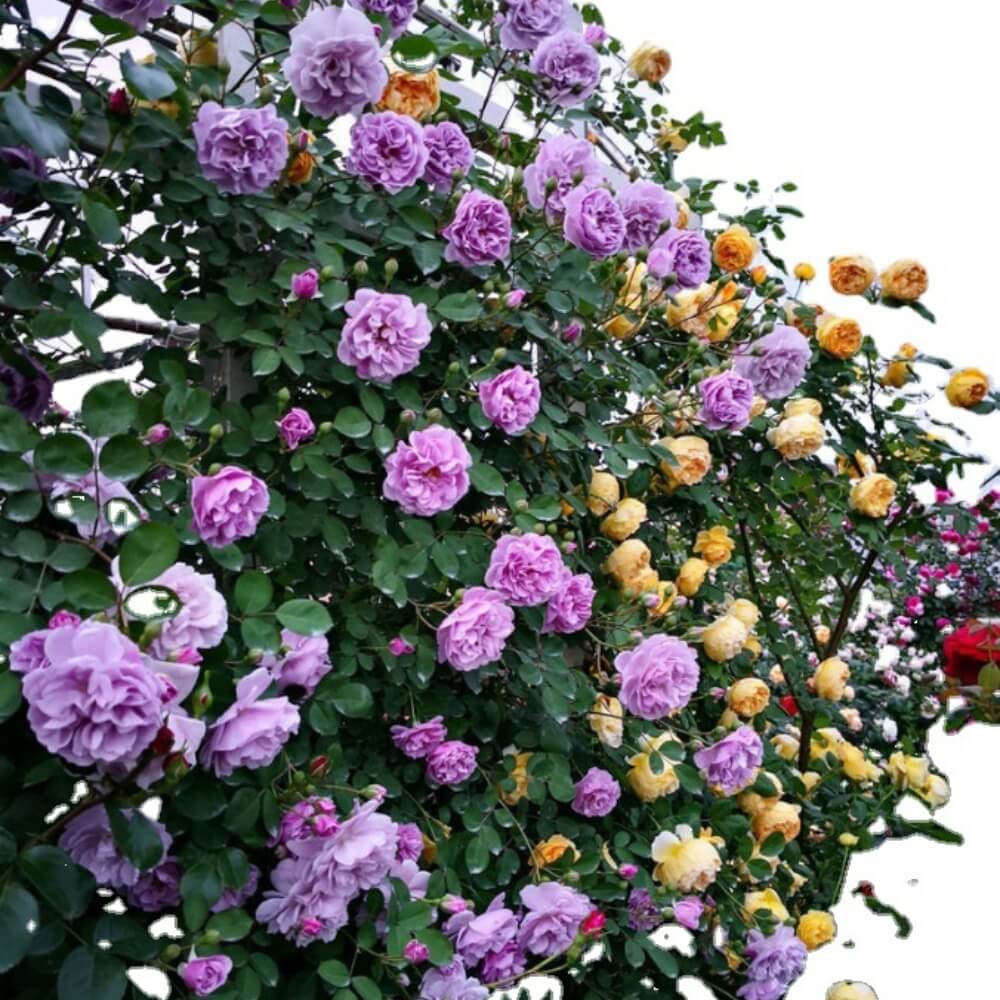
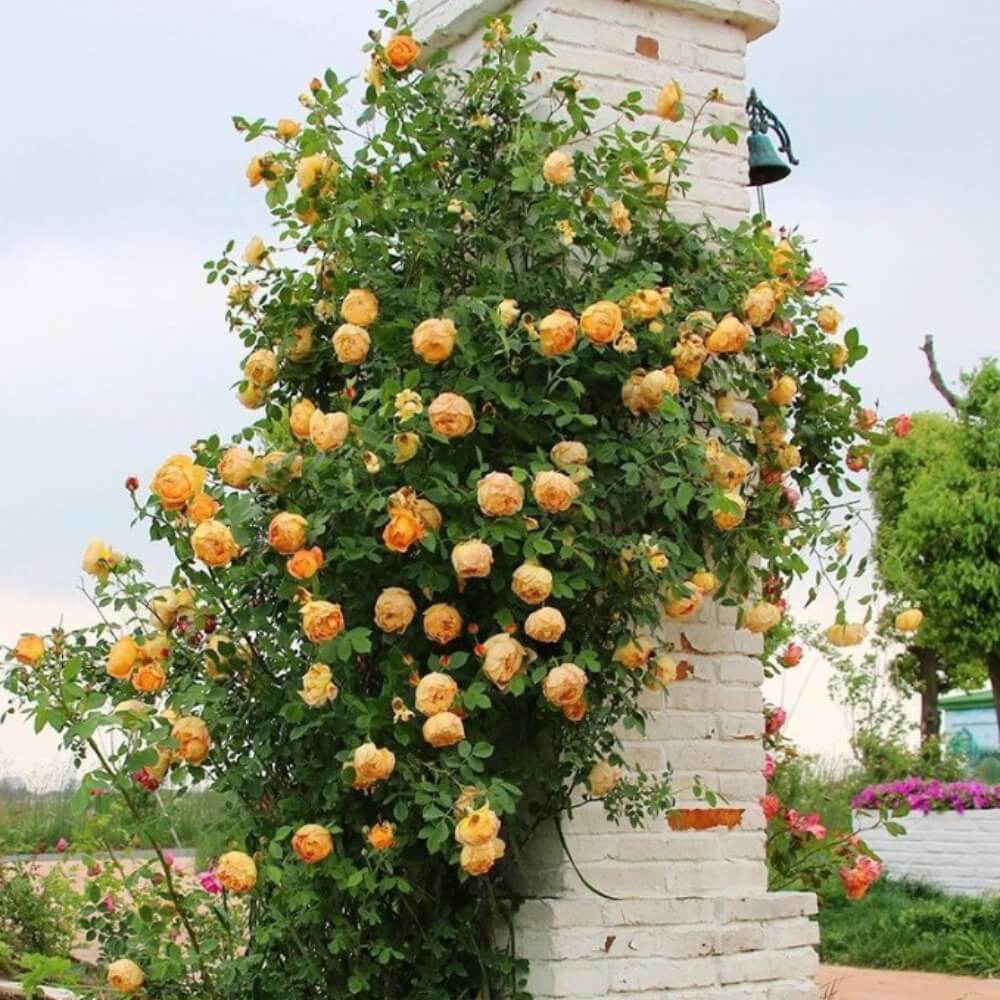
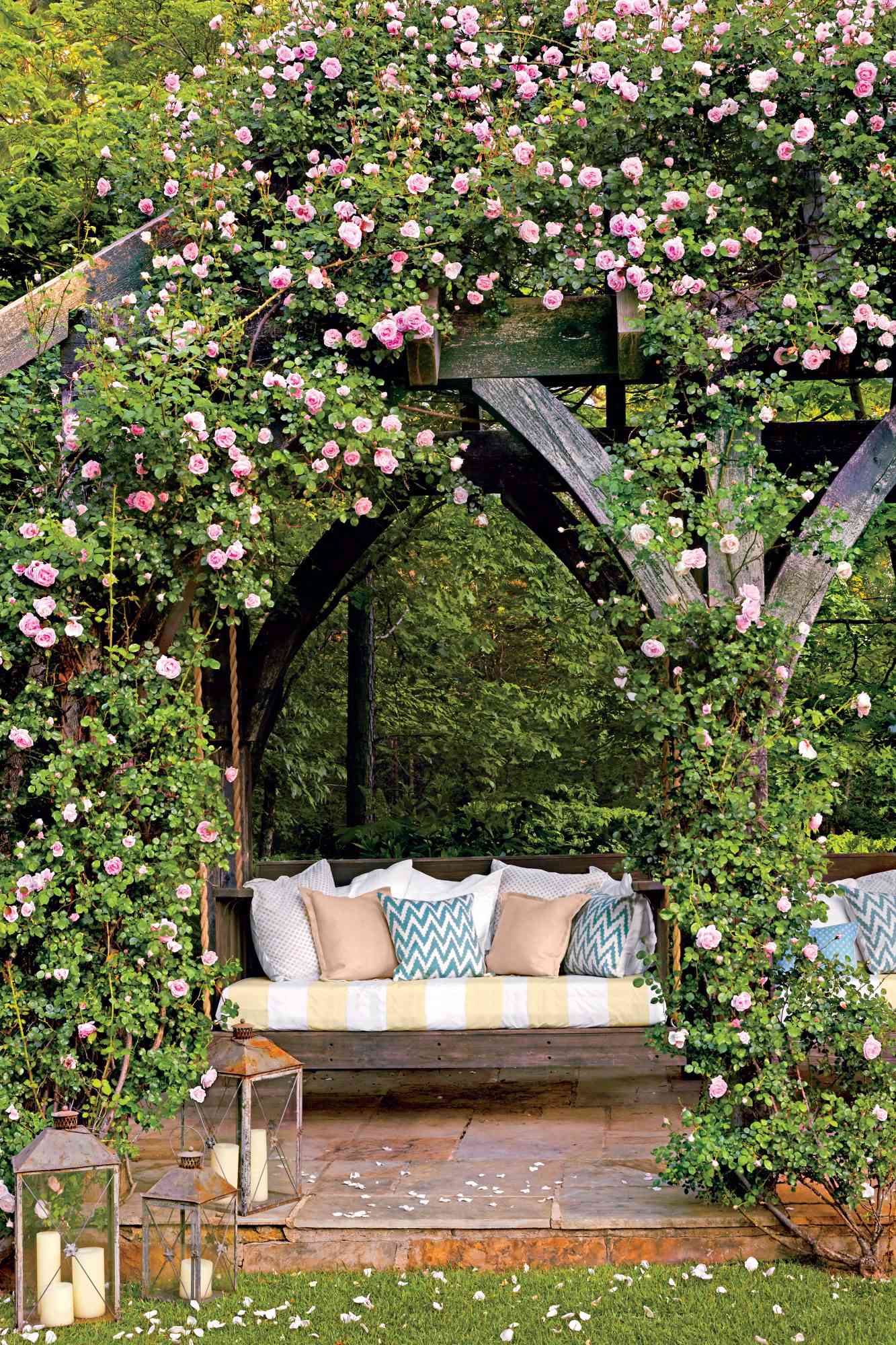
Climbing Rose Seeds
Before Planting: Rose seeds require stratification, or a cold and moist storage period, before they will sprout. Plant seeds 1/4 inch deep in a seed-planting mix in planting trays. Make sure the planting mix is moist, seal it in a plastic bag and place in the refrigerator for up to 10 weeks. After the stratification has passed, remove the trays and place them in a warm environment. Once the seedlings have sprouted, transplant them into individual pots.
Planting: Plant the roses outside in the spring and once they are established.
Watering: Water roses weekly close to the soil and not overhead to prevent fungal diseases.
Fertilizer: When the roses are established fertilize them each spring, but the application of a well-rotted manure each spring works just as well.
Days to Maturity: Roses may bloom once in May or June and then again in fall.
Harvesting: When cutting the roses, cut when the blooms are still formed and not completely open. Be careful of any thorns.
Tips: Pruning is another necessary tactic to produce the best rose bushes. Pruning take place in the spring when leaf buds begin to appear. To prune, make a cut 1/4 inch above the leaf buds and remove any twig-like branches.
FAQ?
What should I do if the seeds do not germinate?
Upon receiving your order, we encourage you to contact our support team for assistance. We are dedicated to providing guidance and assistance. If your seeds do not germinate, we will proceed with a refund. It's essential to note that we only initiate refunds if the seeds fail to germinate following our provided instructions. We cannot take responsibility otherwise. In cases where a chargeback is unilaterally raised, we firmly reject this action as it significantly impacts our business operations. Please refer to our refund policy here for further details.
We prioritize customer satisfaction and are committed to ensuring a positive experience for all our customers. Should you encounter any issues or need further clarification, please do not hesitate to contact us at support@seedsconnect.org.
Thank you for choosing Seeds Connect.
Warm regards,
I've never grown plants from seeds before. Can I do it?
Absolutely! At Seedsconnect, we are here to make your journey into the world of seed planting easy and enjoyable, even if you are a complete beginner with no prior gardening experience.
Think of our seeds as "super seeds" carefully selected for their high germination rates and easy care. We provide clear, detailed instructions to guide you every step of the way, making the process of growing plants a breeze. Embrace planting as a new adventure, a chance to connect with nature and create vibrant green spaces in your living area.
With Seeds Connect, planting is truly a simple and delightful experience. All our seed varieties are popular and widely used, and you can easily find tailored instructions on YouTube or other online resources that suit your preferred gardening style. Embracing the joy of gardening with Seeds Connect is as easy as can be!
Let's embark on your planting journey with Seeds Connect and discover the pleasure of cultivating lush, thriving greenery in your surroundings!
How long can I store the seeds?
At Seeds Connect, feel free to purchase seeds whenever you feel the gardening urge, be it during winter or summer. We are confident in the quality of our seeds, allowing you to store them for up to 2-3 years.
Don't hesitate or worry about the timing, as with Seeds Connect, you can buy seeds anytime throughout the year to be well-prepared for the upcoming spring season. Rest assured that the perfect planting opportunity is always waiting for you with our carefully selected premium seeds.
Embrace the joy of gardening and immerse yourself in a green journey with Seeds Connect. Don't let time pass by without experiencing the delightful flavor of planting and nurturing each fantastic seed.
Purchase your seeds today and indulge in the passion of gardening with Seeds Connect!
How Much Seed Do I Need?
1. Measure
For Squares or Rectangles: measure the length and width of the space where you want to plant.
For Circles: find the radius - measure the widest part of your planting space and divide by 2.
2. Calculate Square Footage

For Squares or Rectangles: length (in feet) x width (in feet) = square feet
For example, a garden that measures 50 feet x 30 feet = 1500 sq. ft.
For Circles: radius (in feet) x radius x 3.14 = square feet
For example, a circular garden that is 20 feet across has a radius of 10 feet. 10 x 10 x 3.14 = 314 sq. ft.
(The mathematical formula for the area of a circle is Π · r2 - the Π symbol is pronounced Pi and represents approximately 3.142, and r2 stands for radius squared.)
3. Find How Much Seed You Need
The amount of seed you should plant depends on the flower display you want. We typically recommend planting on the higher side for a lush meadow. Plant on the lower side for a more scattered look.
For Individual Species: The recommended rates vary greatly from species to species. Check the product page, or contact us with questions.
For Wildflower Mixes: Reference the table below.
| This Much Seed Covers... | This Much Square Footage |
|---|---|
| 1/4 lb | 250 - 500 sq. ft. |
| 1/2 lb | 500 - 1,000 sq. ft. |
| 1 lb | 1,000 - 2,000 sq. ft. |
| 5 lbs | 5,000 - 10,000 sq. ft. |
| 10 lbs | 10,000 - 25,000 sq. ft. |
- 1 Acre = 43,000 sq.ft.
- 1/2 Acre = 21,500 sq. ft.
- 1/4 Acre = 10,750 sq.ft.
- 1/10 Acre = 4,300 sq. ft.
Tips For Larger Plantings: If you have a large site, from 1/2 acre to several acres, your planting rate may be affected by land conditions. If you have heavy weeds on the site now, some erosion, generally poor soil, or other land problems, additional seed is usually the most economical solution, since installation of a large planting usually costs more than the seed itself. If your site does have these problems and you want full coverage, use 1 pound per 1000 sq. ft.








